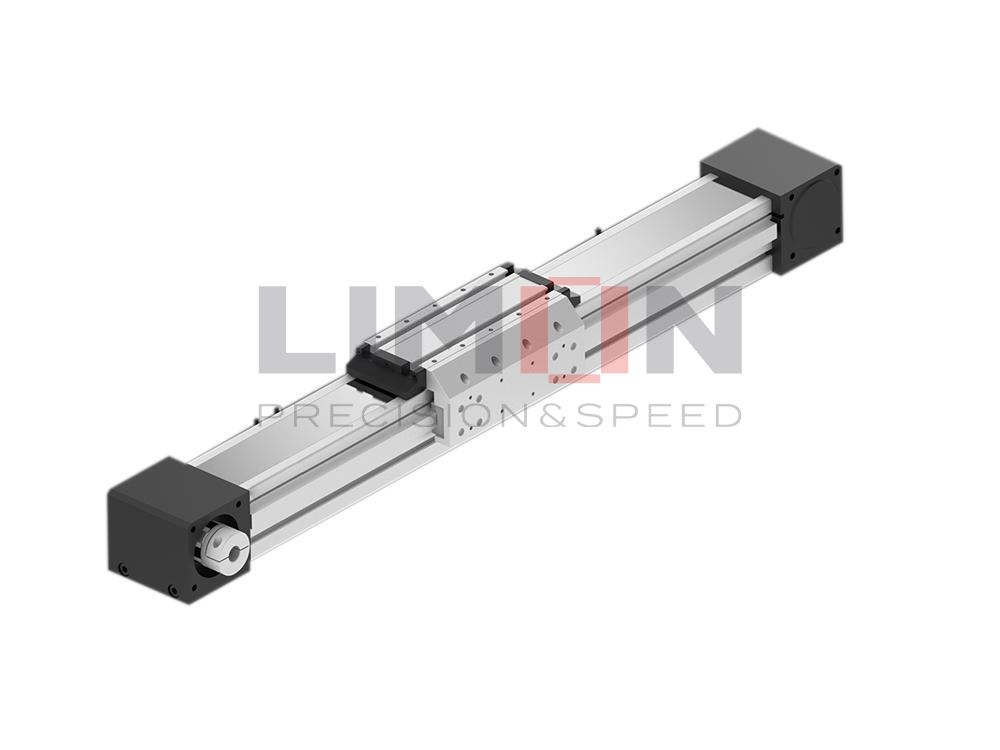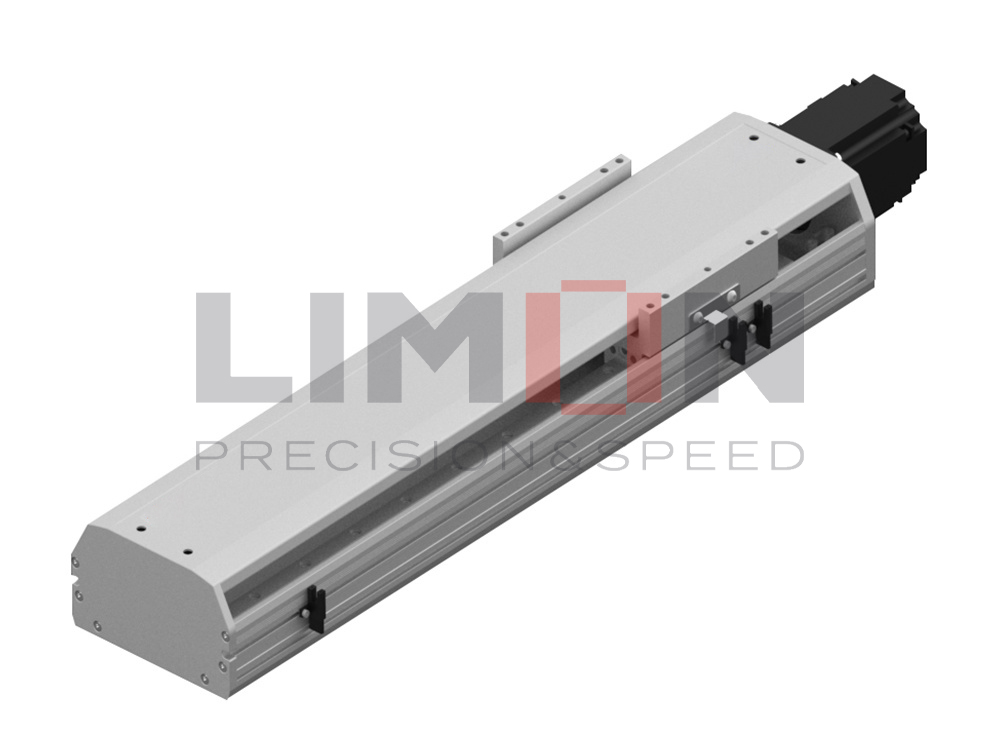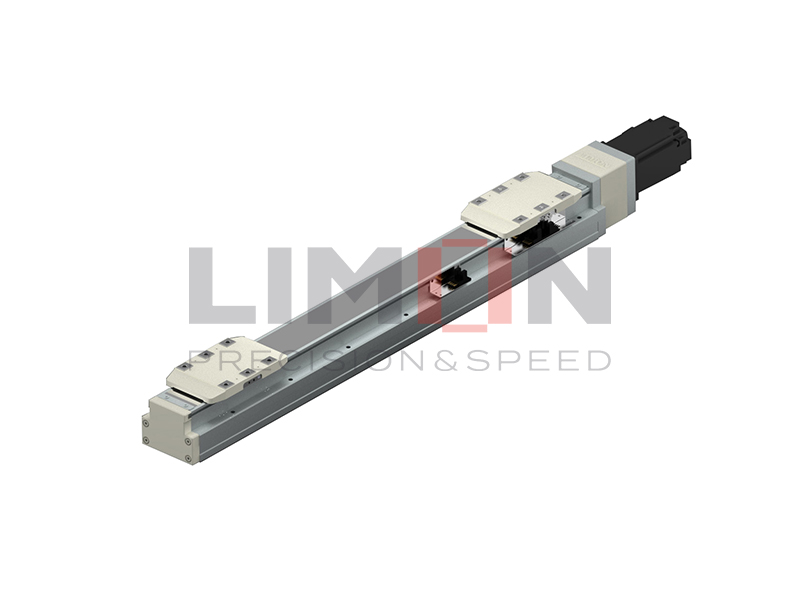In today’s high-precision automation landscape, servo drives—also known as servo amplifiers—play a mission-critical role in ensuring motion control systems run with accuracy, efficiency, and responsiveness. Whether you’re building an industrial robot, CNC machine, or packaging system, understanding the basic components of a servo drive and recognizing the advantage of servo drive technology is essential for any engineer or decision-maker.
Basic Components of Servo Drive Systems
A servo drive is not a monolithic box—it’s a carefully engineered unit composed of several integrated modules that work in harmony to control the position, speed, and torque of a servo motor in real time.
1. Control Unit
Function:
Acts as the “brain” of the system.
Receives motion commands from a controller (PLC, CNC, or PC-based motion controller).
Executes advanced algorithms (e.g., PID, feedforward) using feedback signals from encoders or resolvers.
Key Elements:
Microprocessor/DSP: Runs motion control loops.
Feedback Interface: Supports encoders, resolvers, or Hall-effect sensors for real-time motor data.
2. Power Amplifier (Inverter)
Function:
Converts low-power control signals into high-voltage motor-driving currents using PWM (Pulse Width Modulation).
Key Components:
IGBTs/MOSFETs: For efficient high-speed switching.
DC Bus Capacitors: Maintain DC voltage stability.
3. Feedback System
Function:
Measures actual motor performance (position, speed, torque) and feeds it back to the control unit for closed-loop operation.
Typical Sensors:
Encoders (optical/magnetic)
Resolvers (for harsh environments)
Hall Sensors (for commutation)
4. Communication Interface
Function:
Enables seamless integration with networked systems and higher-level controllers.
Common Protocols:
EtherCAT, CANopen, PROFINET
Analog/Digital I/O
5. Protection Circuits
Function:
Safeguard the system from faults and electrical anomalies.
Key Protections:
Overvoltage / Overcurrent
Short Circuit
Thermal Overload
6. Power Supply Unit
Function:
Converts AC power (e.g., 220V AC) into regulated DC power (e.g., 300V DC) for motor operation.
Optional Features:
Regenerative Braking: Feeds energy back to the grid during deceleration.
7. Human-Machine Interface (HMI)
Function:
Enables real-time diagnostics, tuning, and configuration via LED panels, LCD screens, or PC-based software.
10 Key Advantages of Servo Drive Systems
Wondering why servo drives are the go-to choice for modern automation systems? Here’s why they stand out from traditional motor control solutions:
1. High Precision & Accuracy
Delivers exact positioning, ideal for CNC, robotics, and 3D printing.
2. Fast Dynamic Response
Supports rapid acceleration and deceleration—perfect for high-speed processes.
3. Flexible Control Modes
Operates in position, speed, or torque modes—adaptable to different motion needs.
4. Energy Efficiency
Regenerative braking and optimized control loops reduce energy waste.
5. Advanced Motion Algorithms
Enables complex profiles like S-curve, camming, and electronic gearing.
6. Robust Communication
Supports real-time fieldbus protocols for seamless integration.
7. Built-In Safety
Overload, overheat, and short-circuit protections ensure operational safety.
8. Compact & Modular
Small footprint, easy integration into machines with space constraints.
9. Broad Application Range
Used in sectors like packaging, medical devices, semiconductors, and automotive assembly.
10. Future-Ready
Compatible with Industry 4.0, predictive maintenance, and smart factory ecosystems.
Conclusion
Whether you’re designing precision automation equipment or upgrading an industrial line, understanding the basic components of a servo drive helps you choose wisely. Pair that with the advantages of servo drive systems, and it’s clear why they are the backbone of next-gen motion control.




